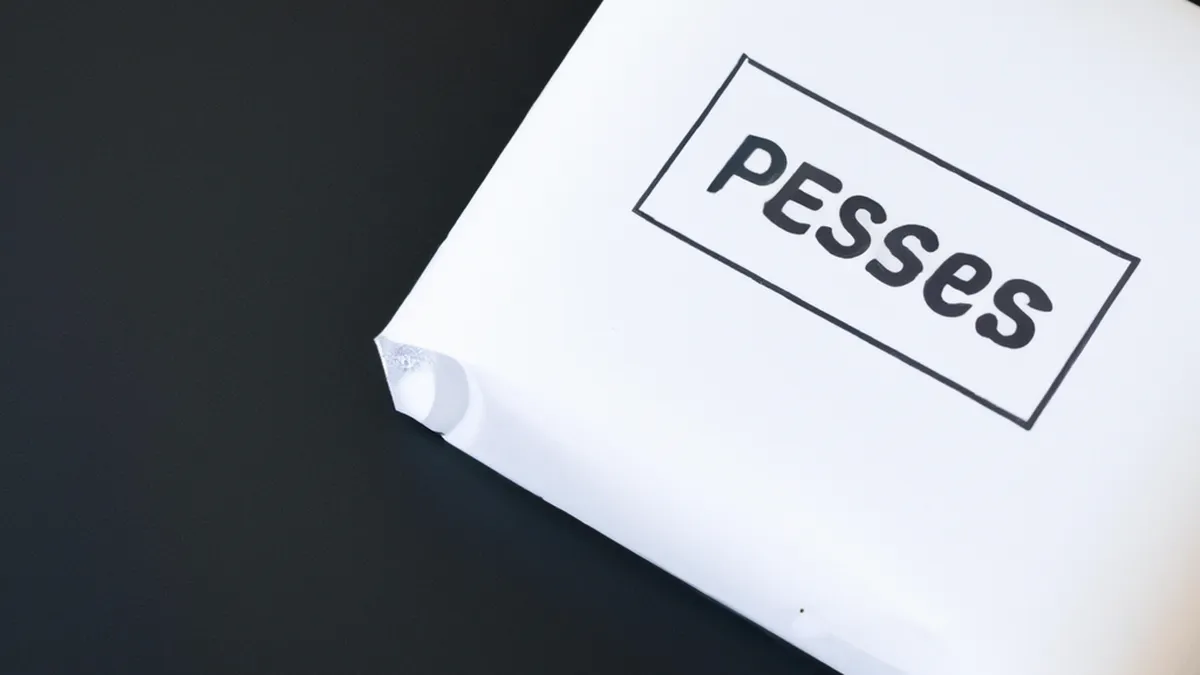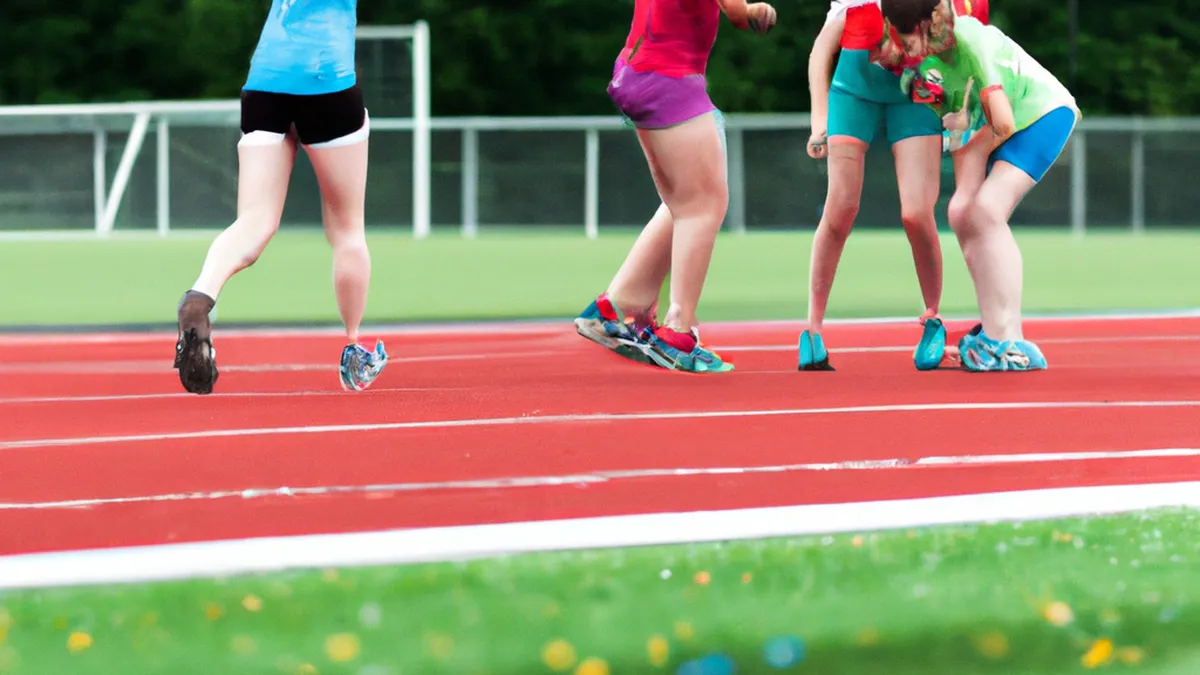Approaching Conflict Resolution in Sports Settings
Strategies for Teaching Conflict Resolution to Young Athletes
Conflict naturally occurs in sports. Young athletes often experience disagreements with teammates, coaches, and opponents. Teaching conflict resolution skills early benefits athletes by improving teamwork, performance, and enjoyment. This guide examines conflict in sports and offers strategies for teaching resolution skills.
Understanding Conflict
Understanding conflict is essential before resolving it. Conflict arises from differing opinions, goals, or desires. Young athletes may face conflict during practices, games, or informal settings. Recognizing conflict types helps athletes navigate feelings and interactions.
Types of Conflict
Young athletes may encounter several conflict types:
1. **Interpersonal Conflict**: This occurs between teammates or opponents. Misunderstandings, communication issues, or personality clashes often trigger it. For example, two players may disagree on a game strategy, creating tension.
2. **Intrapersonal Conflict**: This type happens within the athlete. It may involve self-doubt, performance pressure, or conflicting feelings about their role. A young athlete might struggle with anxiety before a big game, impacting performance and interactions.
3. **Team Conflict**: This arises when a group fails to work effectively together. Poor communication, differing goals, or a lack of trust can cause it. A non-cohesive team may struggle during competitions.
Understanding these conflicts helps young athletes identify their disagreements and emotions, providing a foundation for resolution.
Teaching Conflict Resolution Skills
Coaches and parents can use several strategies to teach conflict resolution skills. Here are effective methods:
1. Encourage Open Communication
Create a safe environment for young athletes to express feelings. Encourage them to share thoughts during practices or team meetings. This openness fosters trust and builds a respectful culture.
Implement regular check-ins for athletes to discuss concerns. Use role-playing scenarios to help them practice effective communication. For example, they can express feelings with “I” statements like, “I feel frustrated when you don’t pass the ball.” This approach promotes understanding and empathy, making conflict resolution easier.
2. Promote Active Listening
Teach young athletes to practice active listening. Encourage them to listen without interrupting and allow peers to express themselves fully. Acknowledging others’ feelings can help defuse tension. Use phrases like, “I understand how you feel” to validate their emotions.
Conclusion
Teaching young athletes conflict resolution equips them with valuable skills. By fostering communication and active listening, athletes can navigate disagreements constructively.
Below are related products based on this post:
FAQ
What are the main types of conflict young athletes might encounter?
Young athletes may face three main types of conflict: interpersonal conflict, which occurs between teammates or opponents; intrapersonal conflict, which involves internal struggles such as self-doubt or anxiety; and team conflict, which arises when a group fails to work cohesively. Understanding these conflicts helps athletes identify and address their disagreements effectively.
How can coaches encourage open communication among young athletes?
Coaches can encourage open communication by creating a safe environment where young athletes feel comfortable expressing their feelings. Regular check-ins during practices or team meetings provide opportunities for athletes to share their thoughts. Role-playing scenarios can also be utilized to help them practice effective communication using “I” statements to express their feelings constructively.
What role does active listening play in conflict resolution for young athletes?
Active listening is crucial for conflict resolution as it allows young athletes to fully understand and acknowledge their peers’ feelings. By encouraging athletes to listen without interrupting and validating others’ emotions with phrases like, “I understand how you feel,” tension can be diffused, making it easier to resolve disagreements and foster a respectful team culture.















Post Comment